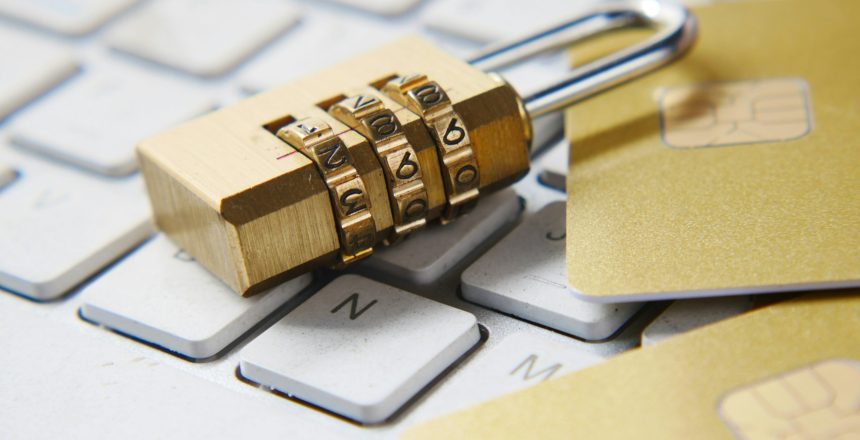10 Password Security Tips
In today’s business world, where everything is going digital, using technology in your organization is a must. It can definitely help your business stay competitive, but there are some tricky issues to watch out for. That’s why there’s been a growing interest in cybersecurity lately.
In 2022, over 24 billion passwords were exposed by hackers. If you’re looking to boost your cybersecurity, begin by focusing on password protection. Password protection is simply setting up a password to keep data safe. When data is password-protected, only those who have the password can access the information or accounts. Yet, because people use passwords so often, their importance is sometimes overlooked, and simple mistakes can be made, potentially causing security breaches.
This makes it imperative for businesses to devise strategies to educate employees about best practices when using passwords.
5 Password “Don’ts”
Protect the confidentiality of your passwords by following these five password “don’ts”:
1. Don’t write passwords on sticky notes.
Although you may feel that writing down passwords improves password protection and makes it more difficult for someone to steal your passwords online, it can make it easier for someone to steal your passwords locally.
2. Don’t save passwords to your browser.
Web browsers are terrible at protecting passwords and other sensitive information like your name and credit card number. Browsers can easily be compromised and a wide range of malware, browser extensions and software can extract sensitive data from them.
3. Don’t iterate your password (for example, PowerWalker1 to PowerWalker2).
Although this is a common practice among digital users, it is unlikely to protect against sophisticated cyberthreats. Hackers have become far too intelligent and can crack iterated passwords in the blink of an eye.
4. Don’t capitalize the first letter of your password to meet the “one capitalized letter” requirement.
Out of habit, most of us tend to capitalize the first letter of our passwords to conform with the “one capitalized letter” requirement. However, hackers are aware of this, making it easy for them to guess the capitalized letter’s position.
4. Don’t use “!” to conform with the symbol requirement.
However, if you must use it, don’t place it at the end of your password. Placing it anywhere else in the sequence makes your password more secure.
5 Passwords “Do’s”
Protect the confidentiality of your passwords by following these five password “do’s”:
1. Create long, phrase-based passwords that exchange letters for numbers and symbols.
For instance, if you choose “Honey, I shrunk the kids,” write it as “h0ney1$hrunkth3k!d$.” This makes your password harder for hackers to crack.
2. Use multifactor authentication.
It’s your responsibility to do everything in your power to keep nefarious cybercriminals at bay. One of the best approaches is to barricade them with multiple layers of authentication.
3. Always use passwords that are longer than eight characters and include numbers, letters and symbols.
The more complicated things are for hackers, the better.
4. Always use a different password for every account.
If you use the same password across multiple accounts, you are handing cybercriminals a golden opportunity to exploit all your accounts.
5. Use a password manager.
A password manager can relieve the burden of remembering a long list of passwords, freeing up time for more productive tasks.
Need a password manager? We can help.
Adhering to password best practices requires constant vigilance and effort on your part. As a result, it is best to work with an expert managed service provider (MSP) like us who can help you boost your security and put your mind at ease. Contact us for a no-obligation consultation.

